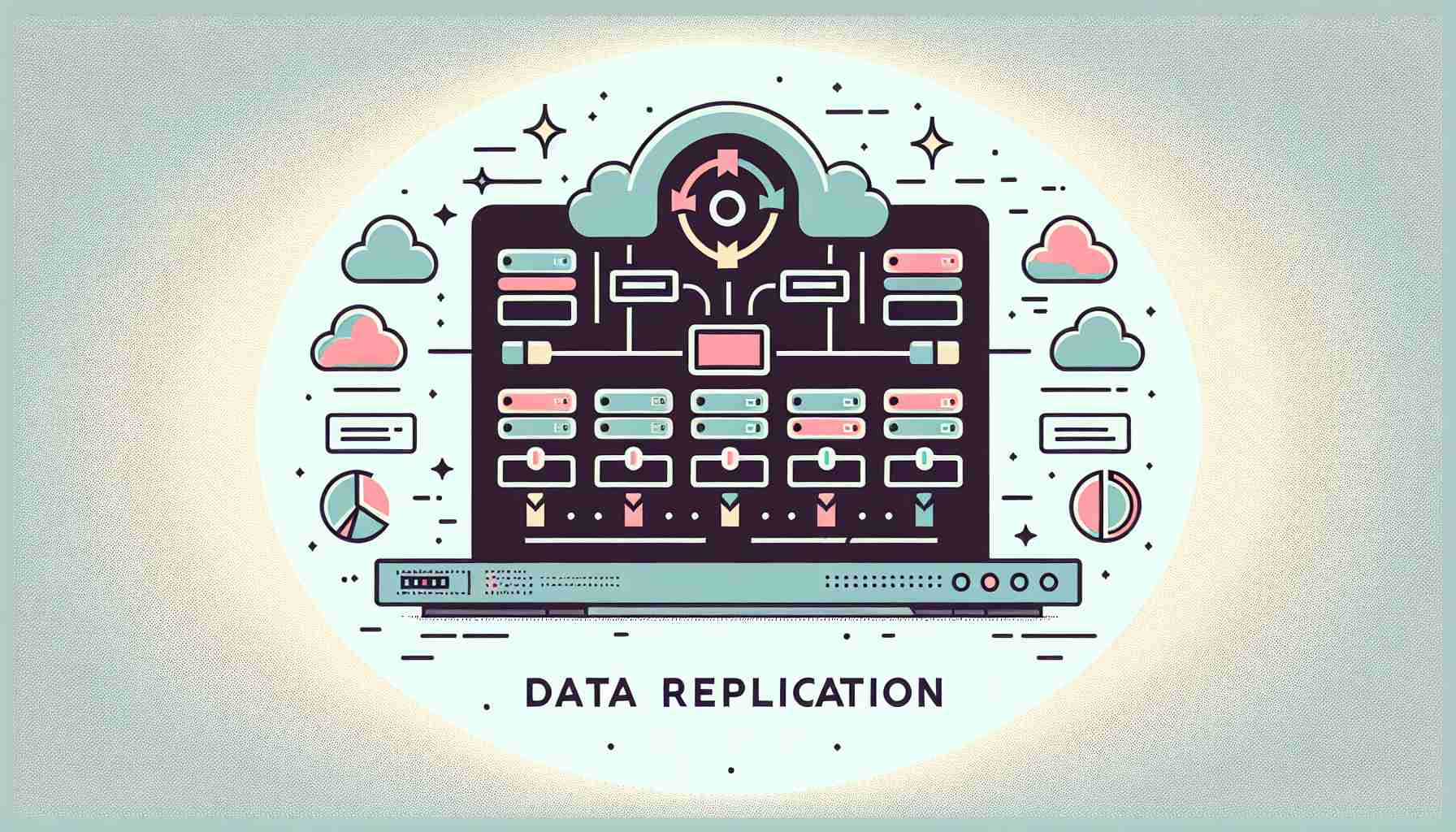Data Replication in Data Analysis

Data Replication Briefly Summarized
- Data replication involves creating and maintaining identical copies of data across multiple storage locations.
- It enhances data availability, reliability, and fault tolerance, ensuring consistent information across systems.
- Replication can be performed in real-time or periodically, depending on the requirements of the system.
- It is a critical component in distributed systems, disaster recovery plans, and for balancing load across servers.
- Various types of replication strategies exist, including synchronous, asynchronous, and snapshot replication.
Data replication is a fundamental concept in the realm of computing and data analysis, serving as a cornerstone for ensuring data consistency, reliability, and accessibility. This article delves into the intricacies of data replication, its importance, types, and use cases, as well as strategies and considerations for effective implementation.
Introduction to Data Replication
Replication in computing involves sharing information to ensure consistency between redundant resources, such as software or hardware components. This process is crucial for improving system reliability, fault tolerance, and accessibility. In the context of data analysis, data replication is essential for maintaining the integrity and accuracy of data sets that are used for making critical business decisions.
Data replication is the method of copying data from one location to another to create and maintain multiple copies of the same data. This ensures that all information stays identical between all data resources, which is vital for real-time data analysis and decision-making processes.
Why is Data Replication Important?
Data replication serves several critical functions in an organization:
- High Availability: By replicating data across different geographical locations or systems, organizations can ensure that their data is always accessible, even in the event of a system failure or disaster.
- Disaster Recovery: Replicated data acts as a backup that can be used to restore original data in case of data loss.
- Load Balancing: Distributing data across multiple servers can balance the load, preventing any single server from becoming a bottleneck.
- Data Localization: For global organizations, replicating data to local servers can reduce latency and improve performance for end-users in different regions.
- Compliance and Reporting: Certain regulations may require data to be stored in multiple locations for compliance purposes.
Types of Data Replication
There are several types of data replication strategies, each with its own use cases and benefits:
- Synchronous Replication: This type ensures that data is written to the primary and secondary locations at the same time. It is suitable for applications requiring high consistency.
- Asynchronous Replication: Data is replicated to the secondary location after it has been written to the primary location. This method is often used when replication across long distances is required.
- Snapshot Replication: This involves taking periodic snapshots of data at specific intervals. It is useful for applications that can tolerate some degree of data latency.
Data Replication Strategies & Considerations
When implementing data replication, several strategies and considerations must be taken into account:
- Choosing the Right Type of Replication: Depending on the criticality of the data and the required consistency levels, the appropriate replication type must be selected.
- Network Bandwidth and Latency: These factors can significantly affect the performance of the replication process, especially in synchronous replication.
- Conflict Resolution: In multi-master replication scenarios, conflicts may arise when the same data is modified in different locations. A conflict resolution mechanism is essential.
- Data Integrity: Ensuring that the replicated data is an exact copy of the original data is crucial for maintaining data integrity.
- Monitoring and Management: Continuous monitoring of the replication process is necessary to detect and resolve issues promptly.
Use Cases for Data Replication
Data replication is employed in various scenarios, including:
- Distributed Databases: To ensure that users can access the same data regardless of their location.
- Data Warehousing: For creating copies of transactional data for analysis and reporting.
- E-Commerce: To provide high availability and performance for online transaction systems.
- Financial Services: For real-time data analysis and high-speed trading platforms.
Conclusion

Data replication is a vital process that ensures data consistency, availability, and reliability across multiple systems. It is an essential practice for businesses that rely on accurate and timely data for their operations. By understanding the types of replication and the strategies involved, organizations can implement effective data replication solutions that align with their specific needs.
FAQs on Data Replication
What is data replication? Data replication is the process of copying and maintaining data in more than one location to ensure consistency and availability.
Why is data replication important? It is important for high availability, disaster recovery, load balancing, data localization, and compliance.
What are the main types of data replication? The main types include synchronous, asynchronous, and snapshot replication.
How does data replication work in distributed systems? In distributed systems, data replication ensures that copies of data are kept consistent across different nodes or sites, improving data availability and fault tolerance.
Can data replication affect system performance? Yes, especially synchronous replication, which can impact performance due to the need for immediate consistency across locations. Network bandwidth and latency are also critical factors.
Sources
- Replication (computing)
- What is Data Replication? Examples, Types, and Use Cases | Redis
- What is Data Replication? - IBM
- Data Replication Types - ManageEngine Device Control Plus
- What is Data Replication? Strategies & Types - Qlik
- What is a Data Replication? - Rubrik
- What is Database Replication? 3 Main Types - Qlik
- Data Replication in DBMS - GeeksforGeeks
- What is Database Replication and How Does it Work? - TechTarget
- What is Data Replication? - TIBCO